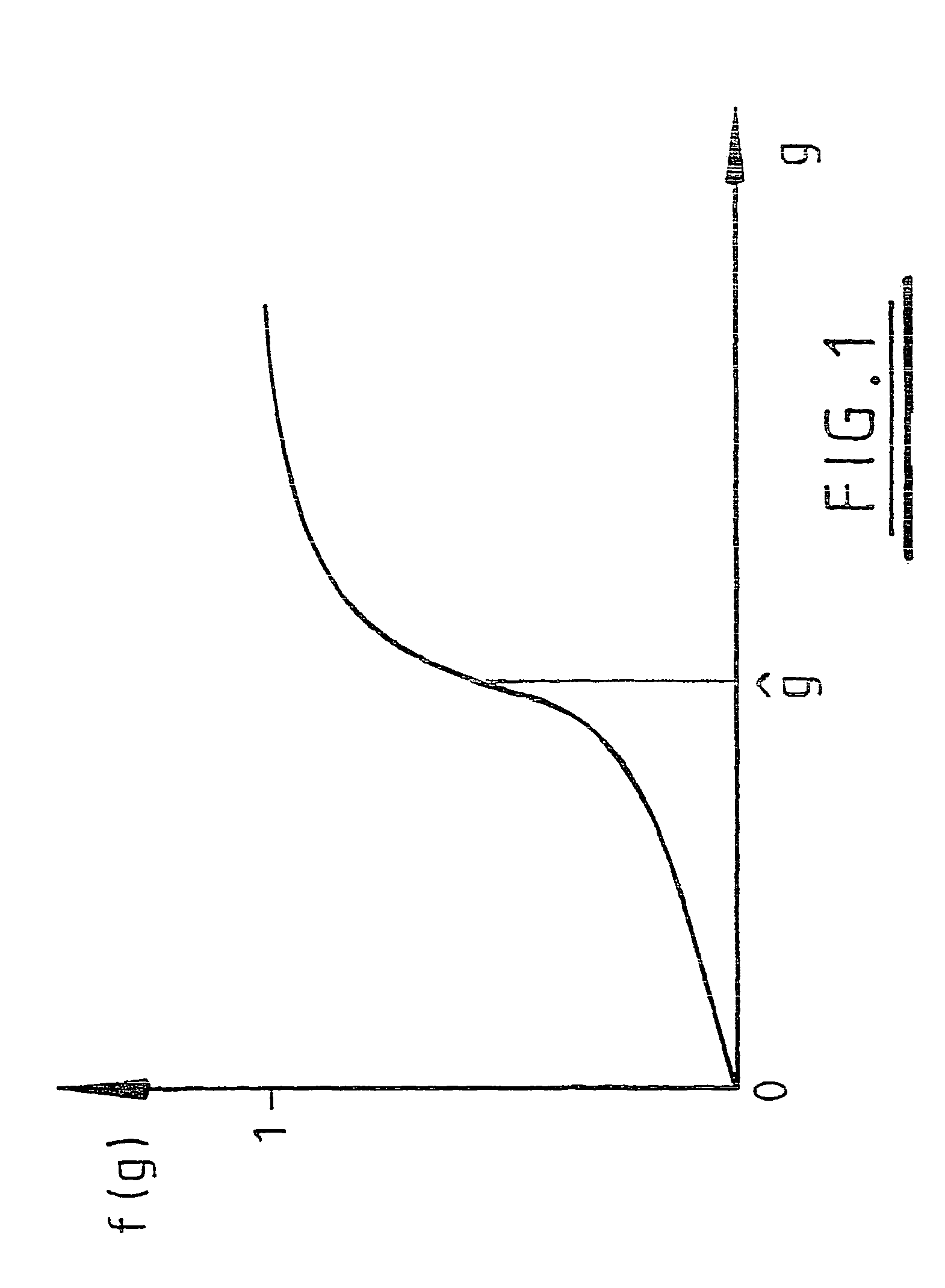Object identification
a technology of object identification and object, applied in the field of object identification, can solve the problems of significant loss of image information, loss of information relating to structure close to the edges, and model prone to function incorrectly
- Summary
- Abstract
- Description
- Claims
- Application Information
AI Technical Summary
Benefits of technology
Problems solved by technology
Method used
Image
Examples
first embodiment
[0035]the invention is based upon the Active Shape Model (ASM) [4 ], which is described in detail in Appendix 1. The known prior art ASM comprises a statistical model of the intensity of the image at each model point.
[0036]The first embodiment of the invention, instead of simply using intensity measurements, represents the image structure as a gradient, which is specified as a magnitude and an orientation. For any given pixel, the orientation of the gradient indicates the direction of greatest intensity change when moving from that pixel to an adjacent pixel. Where an edge of a feature passes through or adjacent the pixel, the direction of the gradient will be transverse to the edge. The magnitude of the gradient provides a measure of belief in the accuracy of the measurement (in other words a measure of belief that an edge is present). Essentially the measure is strong when on a well defined edge, since the orientation of the gradient is well defined, but is weak or zero in essenti...
second embodiment
[0069]During both model building and image search, the image of interest is sampled over each region of interest, the sample values being placed in a vector representing, the image structure in the region. In prior art AAM's this was commonly simply a case of taking the intensity values at each pixel in the region and placing them in the vector. the invention uses the following approach to represent each region within a vector:
[0070]For a 2D image, the following steps are performed at each pixel:[0071]1. Estimate the local gradients at a point x in x and v. The gradient is determined by first applying an edge filter in x (essentially convolving with a (−101) filter), then in y. This provides gradient values gx, gy for each point x. The direction in which the gradient is a maximum is given by the vector (gx, gy)[0072]2. Compute the magnitude of the gradient, g=√{square root over (gx2+gy2)}[0073]3. Apply a non-linear function, ƒ(g, x) to obtain a representation of gradient direction a...
PUM
 Login to View More
Login to View More Abstract
Description
Claims
Application Information
 Login to View More
Login to View More - R&D
- Intellectual Property
- Life Sciences
- Materials
- Tech Scout
- Unparalleled Data Quality
- Higher Quality Content
- 60% Fewer Hallucinations
Browse by: Latest US Patents, China's latest patents, Technical Efficacy Thesaurus, Application Domain, Technology Topic, Popular Technical Reports.
© 2025 PatSnap. All rights reserved.Legal|Privacy policy|Modern Slavery Act Transparency Statement|Sitemap|About US| Contact US: help@patsnap.com

